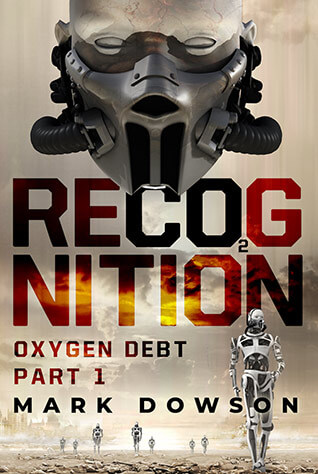What sub and core themes of the book inspired the plot for the story?
The disruptive technologies theme
AI in the future reaches to the height of capitalism as it becomes disruptive and brings the fall of society is used for espionage and the cause of a nuclear disaster. Structure, order, and equality beyond personal individuality are what is required for utopia to be achieved. The story ends sadly with the antagonists stealing the ideas of the protagonist. However, what good is Design Ideas without Complete Design, and what good is Complete Design without a good Design Philosophy? An evolving AI world will be incapable of creating great innovative design solutions as they don’t realize that the protagonist’s design ideas are not complete, or do they? But even if they do know and they are trying to release his trauma so that they can unlock his mental block and get access fully to his full detailed designs stored in his mind, the AI androids are incapable of delivering philosophical thinking for the design solution.
Mental health theme – is it a hindrance or could you use it to your advantage?
The story illustrates how the protagonist’s Post Traumatic Stress Disorder can in fact improve his ability to visualise in a deeper detailed way. Identifying the strengths of mental illness and how they can become a superhero power to the individual and the world. Such as creativity in autism. Currently, in today’s world, the audience can relate to needing to release our inner creativity in our day jobs, as stifling creativity can lead to mental health issues. The paradox is that these natural and manmade disasters will inevitably cause us, humans, to have mental blocks through trauma endured from these disasters, constraining the ability to progress creative thinking to completed detailed designs. However, what the PTSD does is give an individual a superpower to create high conceptual vivid imagery to be able to stimulate ideas for climate change design solutions.
The leadership theme – Finding one’s true type of leadership and influencing others?
Merisi helps Ben Richards recognise what true leadership is, and that he needs to go on a journey of self-discovery in search of realising that his true leadership comes from his natural gift of creativity. Which reassures his confidence in becoming a true leader not as a motivational speaker, as his fast breathing is brought on whenever he attempts to motivationally speak, as he experiences a flashback reminder of his mother not being able to hear his voice as she drowns in the Tsunami, so he panics. Allegorically the protagonist is chosen to go through the religious time portal to complete his creative visions which enables him to create motivational speakers to preach about his creative visions, such as the football chairman Tony Clarke.”
Professional reader, Chloe’s feedback was, “The story’s strength is its Christian references and symbolism related to the mystery of the time travel theme. The characters are created and shaped well, whilst the plot is the biggest strength, and there are moments of real power and resonance. Grazia and Ben are the two highlights of the story.”
Chloe’s further feedback was, “The story is incredibly current given its environmental links and aims, and this is a real strength for the book. Furthermore, it comes at a time when science fiction is changing and becoming more popular again. The technology that the writer has created and employed throughout the text works well to interest and entertain the reader, as well as work well to develop the plot as a whole.”
Book 2 follows successfully on from the first as it contains the same feeling of suspense, also uses plot twists effectively and propels this story forward in a way that makes the reader want to commit to the full series. I think book 2’s story is better in that the characters feel more established to us than Book 1.


